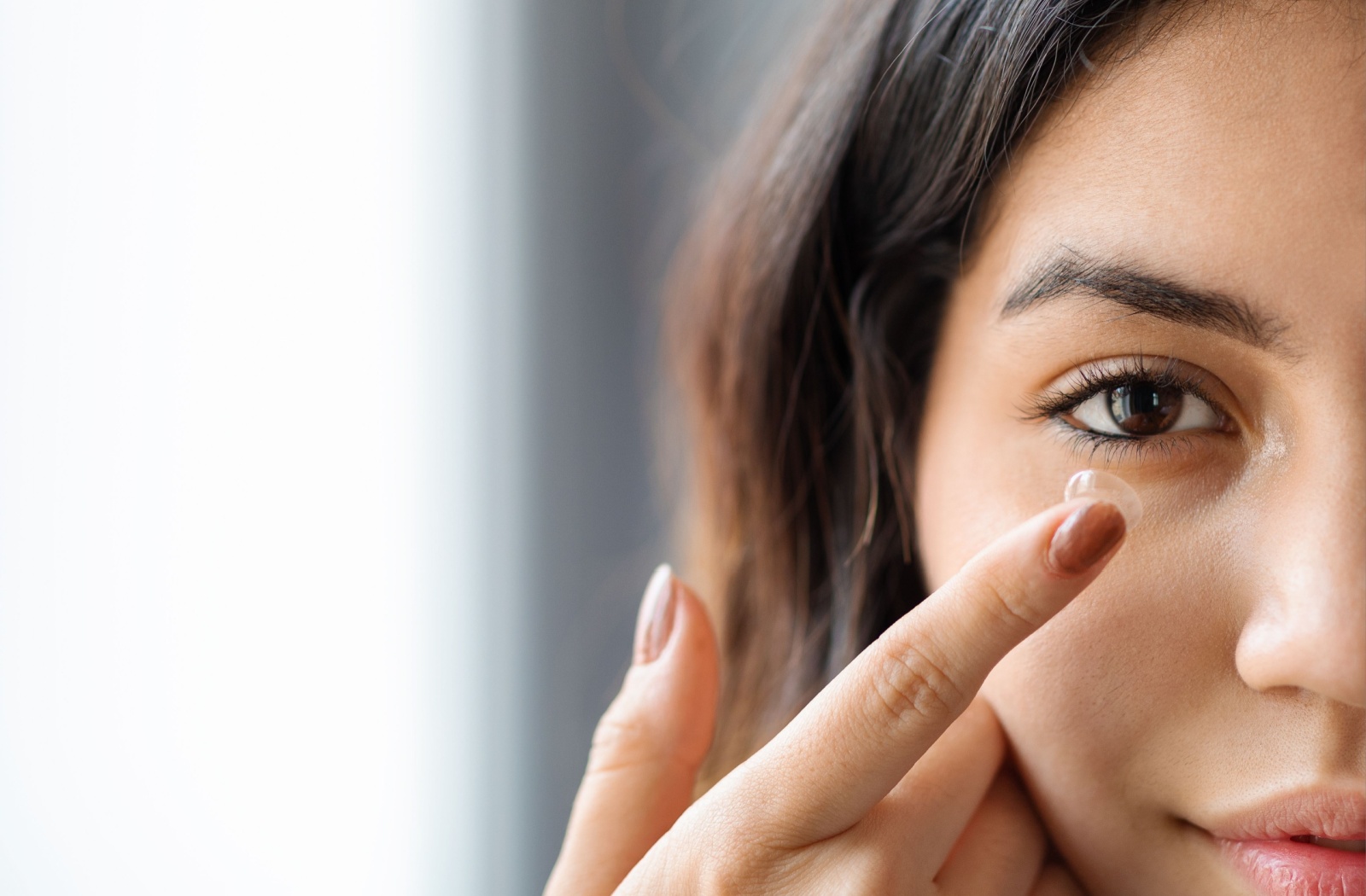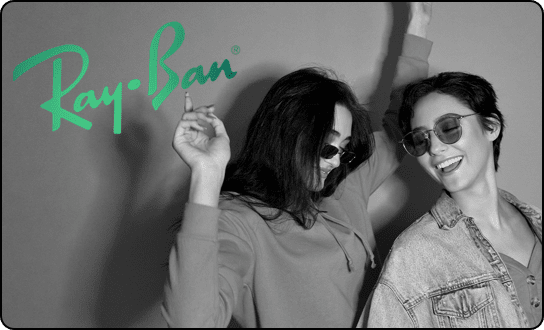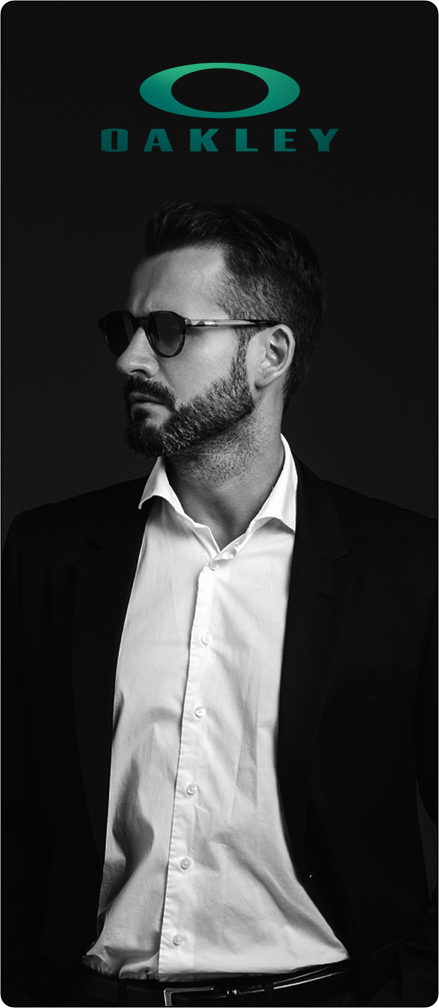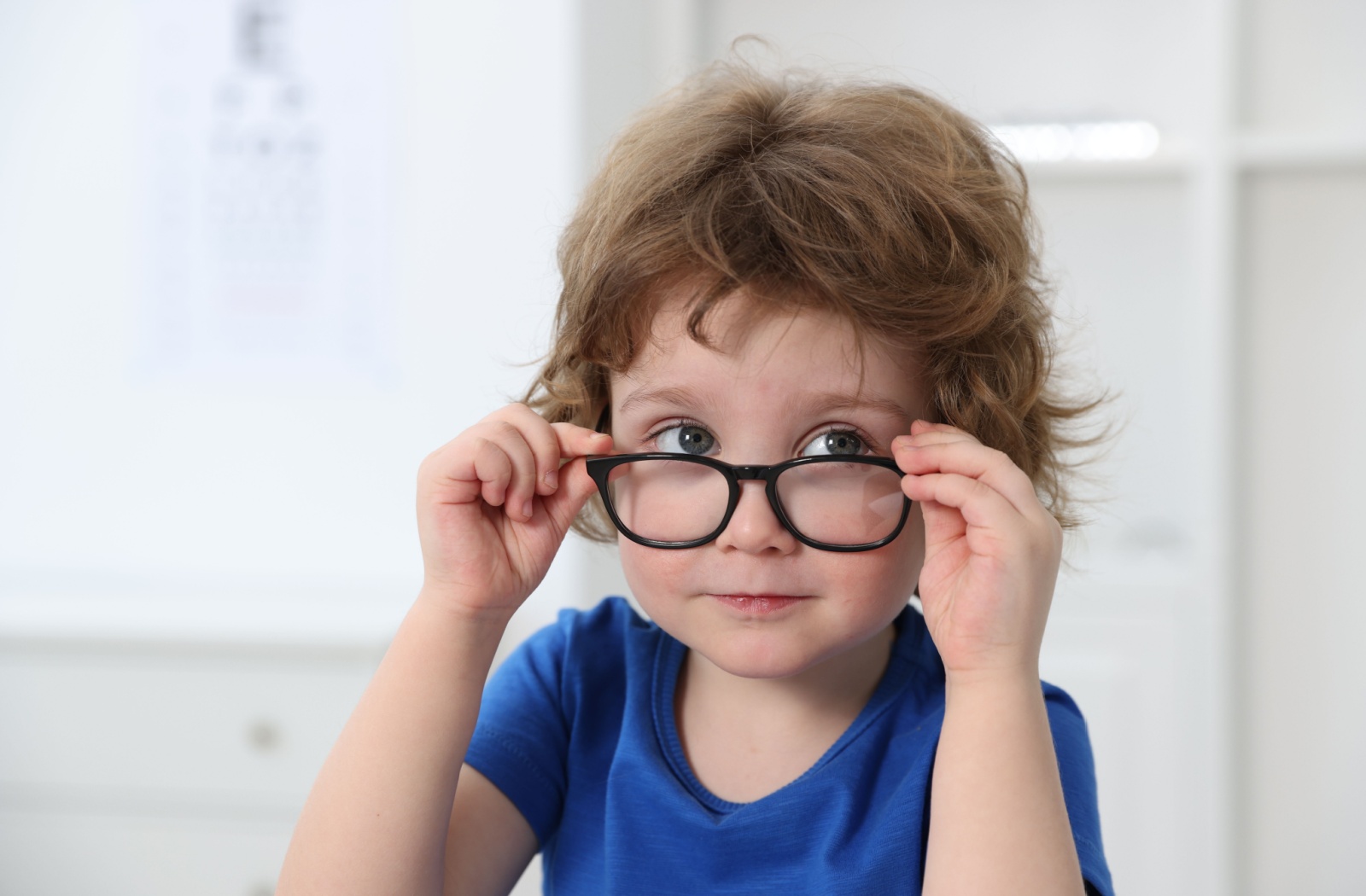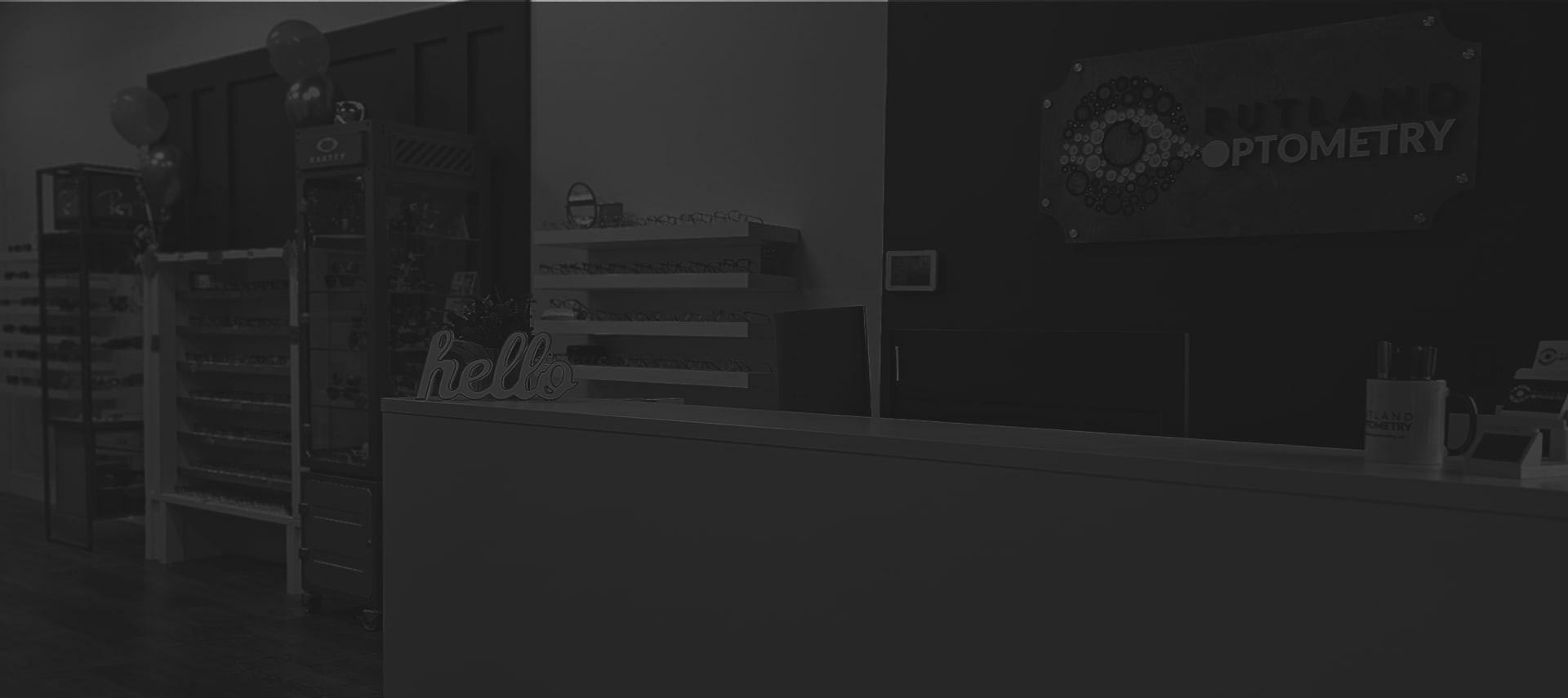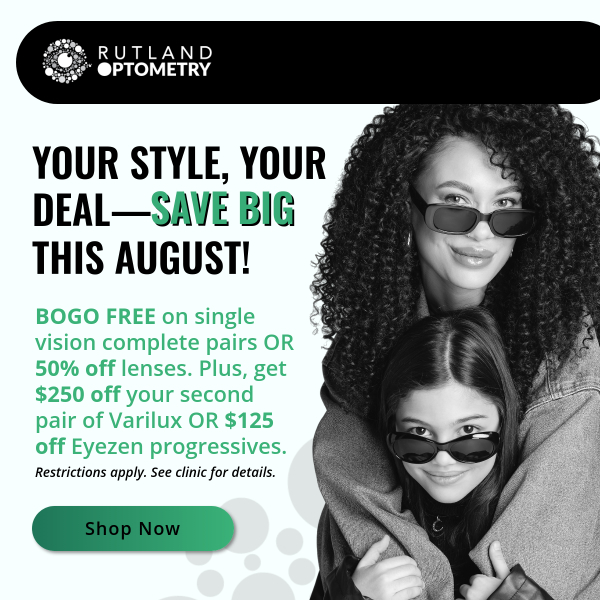Visiting your eye doctor for routine eye exams plays a key role in maintaining good vision and ocular health. With two kinds of exam to choose from, some may wonder what the difference between a routine eye exam and a contact lens exam actually is.
Both exams are similar. They focus on assessing any changes to your vision and evaluating your ocular health for potential concerns. However, contact lens exams go a step further than routine exams.
A contact lens exam includes additional testing, known as a contact lens fitting, which helps ensure that the fit, comfort, and vision of updated contact lenses are suitable for the patient.
Understanding your Routine Eye Exam
A routine eye exam comprehensively evaluates your vision and overall ocular health.
Routine eye exams are crucial for everyone, regardless of age.
The recommended frequency of routine eye exams varies based on several factors, including age, family ocular history, and overall health. As a general rule, it’s recommended that:
- Children have an annual eye exam every year until they turn 18 years old. They can have their first eye exam as early as 6 months old!
- Adults between the ages of 16 to 64 should have a routine eye exam every two years.
- Older adults (65+) are encouraged to have an annual routine eye exam.
What to Expect During Your Routine Eye Exam
During a routine eye exam, you can expect to undergo a series of tests to assess your vision and ocular health.
Your exam begins with preliminary testing, where the technician will gather all of the necessary information required for your eye doctor:
- Color Vision: Uses the Ishihara chart to detect color deficiencies.
- Depth Perception: Assesses the ability to see in 3D, including length, width, height, and distance.
- Tonometry: Measures eye pressure to check for glaucoma.
- Autorefractor: Estimates vision prescription and sets a baseline for further refraction tests.
- Retinal Imaging: Captures images of the internal structures of the eye to evaluate overall health
The refraction exam begins with assessing your visual acuity. This is the all-familiar eye chart test. It determines how well each eye can see and focus without corrective lenses.
The eye chart shows a series of letters that become smaller the further you go down the chart. The last row of letters you can read determines your visual acuity. If you can read the chart’s last row without correction, you have 20/20 vision. If you can’t, you may need glasses or contacts.
After the eye chart test, your optometrist will use a phoropter to place different lenses in front of your eyes in order to measure how light bends through your cornea. With each lens option, your doctor will ask if the series of letters on the visual acuity chart becomes more or less clear.
This process is used to determine your final vision prescription for eyeglasses.
The final component of the eye exam is an ocular health assessment, where your optometrist conducts a series of tests to evaluate the health of your eye.
- Eye Motility Testing: By observing your eye movements and reactions to specific patterns, your eye doctor can assess your eye muscle function.
- Slit Lamp Examination: Using a microscope and light, your eye doctor can closely examine the structures of your eye, like the cornea, iris, and lens.
If your optometrist detects any issues during your visit, they may require additional testing with a dilation eye exam to check for ocular conditions.

Importance of a Contact Lens Exam
A contact lens exam is designed to assess and update your contact lens prescription. This exam is similar to a routine eye exam, but it also incorporates a series of tests intended to ensure the fit, comfort, and vision correction provided by a patient’s contact lenses.
Annual contact lens exams and fittings are a must for wearing contact lenses. While patients can get by with having a routine eye exam once every two years, this isn’t the case for contact lens exams.
The nature of contact lenses involves placing a foreign object directly onto the eye’s surface, as opposed to glasses, which sit a few millimeters away from the eyes. This explains why the contact lens exam and fitting process is so extensive.
A contact lens fitting focuses on evaluating the fit and comfort of your contact lenses. Your optometrist will measure the curvature of your cornea and the size and shape of your pupils and irises. They may also use a tear film evaluation to determine if you have dry eyes, which can affect contact lens wear.
After these assessments, you’ll receive a trial pair of lenses to wear for a few days. You’ll be able to test these lenses for a few days before coming back for a follow-up visit to finalize your contact lens prescription.
An annual contact lens exam is necessary for anyone who wears contact lenses, as it addresses the unique needs and potential complications associated with their use.
Why are Routine Eye Exams & Contact Lens Exams Different?
Routine eye exams and contact lens exams are fundamentally different because they serve different purposes.
A routine eye exam focuses on assessing overall vision and eye health, while a contact lens exam is specifically designed to evaluate and update your contact lens prescription
Both exams are similar, but contact lens exams go a step further, and involve additional testing to make sure that your contacts fit correctly, provide clear vision, and are comfortable for all-day wear.
If an individual wears both glasses and contact lenses, they don’t need to undergo both eye exams. Since the components of each exam are so similar, patients undergoing a contact lens fitting will receive a prescription for both their contact lenses and eyeglasses.
Schedule a Visit
Visiting your optometrist for routine eye exams or annual contact lens exams is a necessary component of caring for your vision and ocular health.
Connect with our team at Rutland Optometry to schedule a visit.

